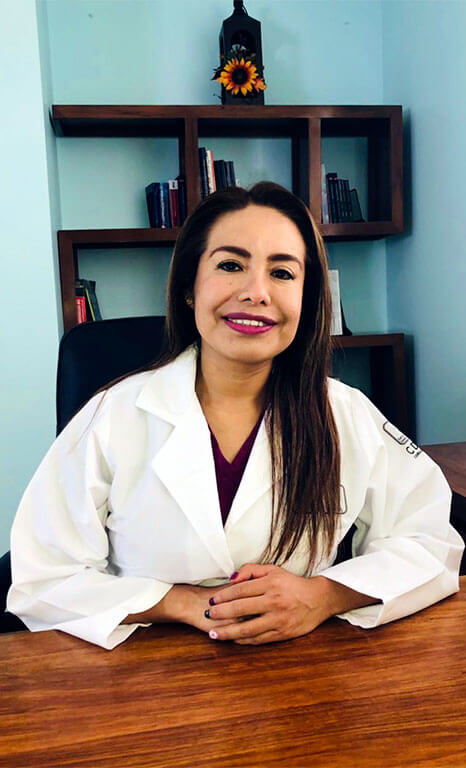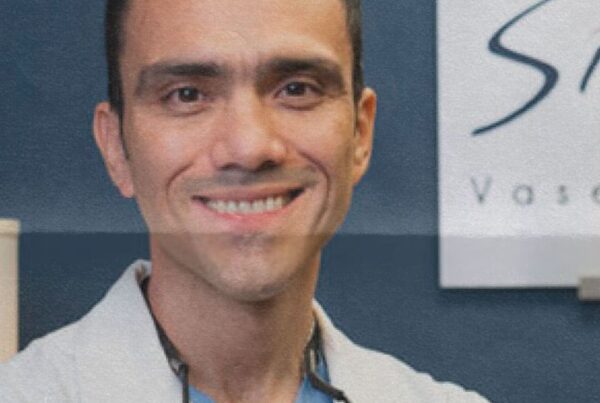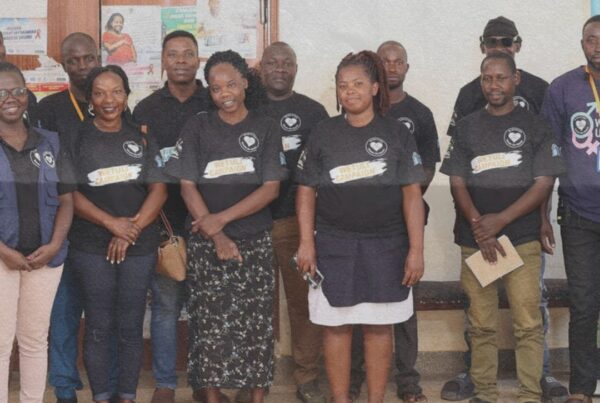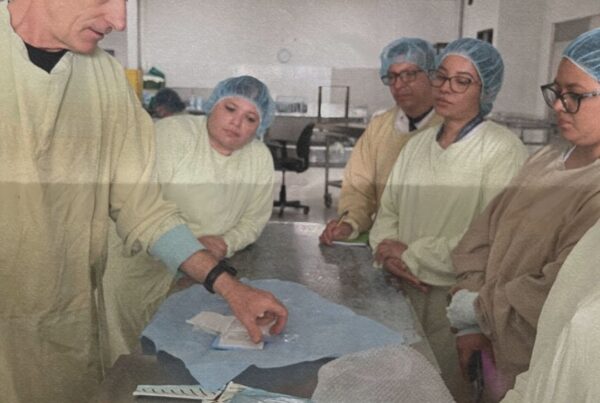Vasectomía sin Bisturí in Mexico City

Dra. González is certified by the Autonomous University of Mexico as a national trainer in no-scalpel vasectomy, by Laval University (Canada) in cauterization with fascial interposition, and by the National Centre for Gender Equity and Reproductive Health.
Dr. Eloisa González González offers her patients the most advanced, minimally invasive techniques.
Dra. Gonzalez started out as a family doctor, who observed her first vasectomy when she was a resident at a public health clinic doing a rotation. She observed that compared to a tubal ligation, the vasectomy had no side effects–no change in the men’s sexual function, nor post-operative pain or illness, and that the man was able to walk out after such a small surgery.
Later, working in a clinic where the doctor who did the vasectomies retired, she volunteered to take over, even though at the time she’d only seen two vasectomies. She began to read books and look for resources to help her gain the knowledge she needed, and was basically self-taught, so her vasectomies were not great. However, in 2016, she met the World Vasectomy Day doctors, and after watching Dr. Michel Labrecque perform a vasectomy, determined that she would learn how to do a better technique. She decided to train with Dr. Labrecque in Quebec, where she was welcomed into his home during her training, and for which she expresses extreme gratitude.
In Mexico, though vasectomy had been offered as a free service for 30 years through the national health service, CNEGSR, it was not well utilized. The main problem was the myths and misinformation around vasectomy. That changed in 2016, when World Vasectomy Day chose Mexico as its national headquarters. Using publicity and engaging with doctors in each state, the arrival of WVD caused a boom in vasectomies that has continued ever since, thanks to the continued collaboration between WVD and the government.
The new government has moved vasectomy services to IMSS-Bienestar, a Mexican public healthcare program focused on providing comprehensive and free medical services to those without social security, established as part of the Mexican government’s efforts to strengthen the public health system. IMSS-Bienestar has welcomed the type of technique that Dr. Gonzalez learned in Canada. Up to now, the standard technique used in Mexico is to remove a piece of the vas deferens and tie a knot at both ends, which causes a failure rate between 5% to 12% due to recanalization of the two ends. Dr. Gonzalez uses a combination of thermocautery and fascial interposition to assure that the two ends of the vas cannot meet and rejoin, reducing the failure rate to under 1%. Her hope is that with this technique, Mexico, which is already a leader in vasectomies in Latin America, will adopt this approach and reduce vasectomy failure throughout the country.
Dr. Gonzalez would tell medical students today that vasectomy is one of the most beautiful and elegant surgeries. Working with men and having the empathy and understanding of their fears and concerns, and giving them confidence to decide for themselves whether and when vasectomy is the right choice for their family is a constant joy for her. She says that the main reason, 80%, that men say they are choosing vasectomy is because it’s their turn to participate. “Men want to take part in family planning so their partners no longer have to suffer from either taking hormones or undergoing a procedure. So I think World Vasectomy Day is absolutely right. It’s an act of love that men desire to take their turn”.
She gives full credit to World Vasectomy Day for the success of her career. She says it was a watershed moment when she became integrated with WVD, and that she’s tremendously grateful. For her, the importance of WVD is first that it’s worldwide, giving opportunities to providers and men in so many different countries, and secondly that the caliber of the people involved has inspired her, from the enthusiasm that Jonathan Stack brings to every event to the skills and friendship that have led her to such success.
Going forward, she believes that continuing to learn and embrace challenges is the most important quality that she can possess. She notes that medicine is always changing, and that doctors don’t stop innovating. She mentions that the model that Dr. Labrecque developed (Vasecto-Pro) to help trainees get the feel of doing a vasectomy is one of these innovations, as may be the polymers coming to market for temporary vasectomies in the future. She’s enthusiastic about it all, and is even excited to learn to do reversals.
Her role as a trainer is also important to her. She says that when she leaves a doctor with the skills to do an excellent vasectomy, she has the satisfaction of knowing that there will be men who benefit into the future from her efforts, and that though it might just be a grain of sand on the pile, it makes her happy to support other doctors who will go on to guarantee quality services with the idea that all men deserve access to a good procedure.”For me, it is extremely important to train others. I really like it, because I think it’s important that this method for vasectomy becomes known worldwide, and that good vasectomies are available everywhere”.
Eloisa has now performed over 20,000 vasectomies and runs her own clinic in Mexico City.








